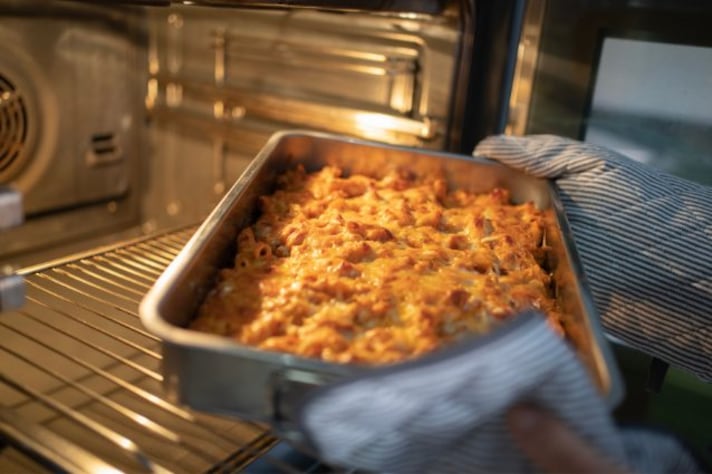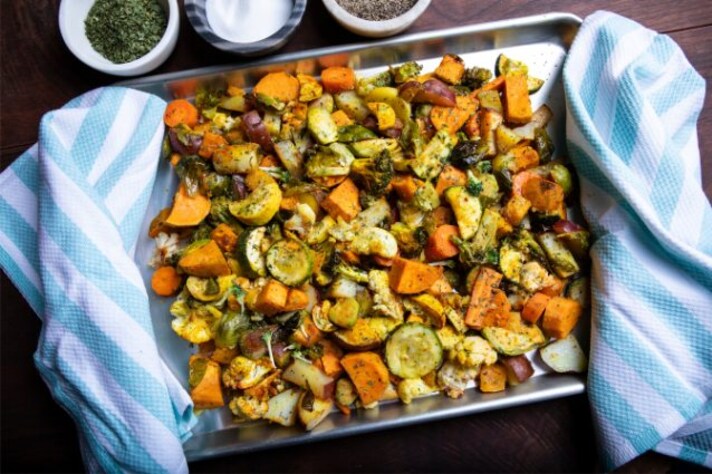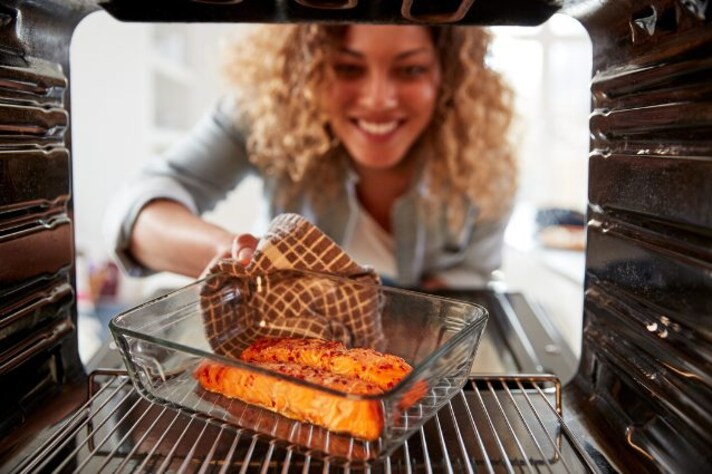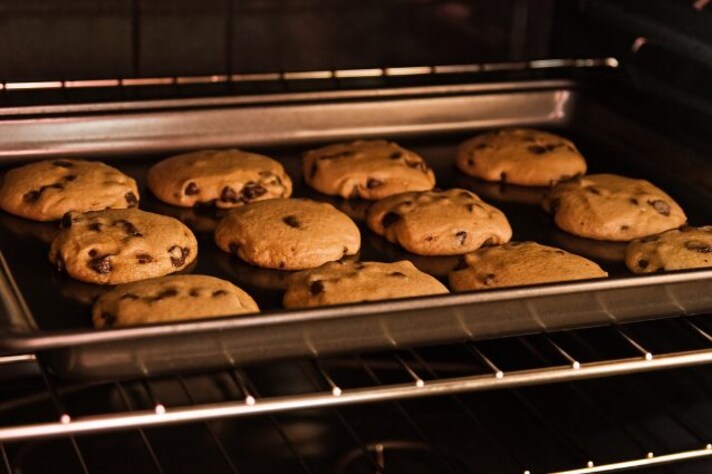What Are The Best Oven Racks to Bake Things Easily and Perfectly?
Have you ever thought that, maybe, the rack you choose to bake your food matters in the final result? So, what are the best ones for basic cooking techniques? Read ahead to find out all about oven rack usage!

The oven might be one of the kitchen’s most trusted tools, but it’s also easy to take for granted. We’re often guilty of just tossing a dish onto any old rack and expecting magic, only to be disappointed by a sad lasagna or a batch of cookies that are too pale to impress. But, as it turns out, the oven rack matters. Choosing the right spot can mean the difference between dry chicken or juicy perfection, flat cookies or bakery-quality treats.
Top Rack is for Broiling
When it comes to broiling, the top rack is where the magic happens. Here, food is closest to the broiler’s direct heat, making it ideal for quickly melting cheese or crisping up the top layer on casseroles. Just remember, with the intensity up top, broiling takes only minutes—so keep an eye on things or you’ll go from crispy to charred faster than you think.

Middle Rack for Crisping and Grilling
For those perfectly crisped vegetables or a quick-grilled sandwich, the middle rack is your friend. Here, the heat is even, allowing food to cook without burning the tops or bottoms. This position mimics the balanced heat of a grill, giving you the best of both worlds when you want a golden crust or tender veggies with just the right amount of crunch.

Baking Cakes, Pies, and Brownies: Middle to Low Racks
Cakes, pies, and brownies deserve some oven TLC, and the middle rack is usually ideal. Here, heat circulates well without directly searing the bottom or top, allowing desserts to rise evenly. But if you’re baking something especially dense, like a cheesecake, consider going lower for a slower, more thorough bake—this helps prevent a cracked top and gives you that perfect creamy texture.

Bottom Rack for Meats
For roasted chicken, turkey, or beef, the bottom rack offers the closest proximity to the oven’s hottest part. Here, radiant heat ensures thorough cooking and helps brown the skin without drying out the meat. This is especially handy when cooking larger cuts that need more time in the heat; the proximity ensures you get a good sear and that “roasted to perfection” finish.

Top or Middle Rack for Air Frying
Air frying in an oven calls for positioning your food close to the top or middle, as these spots maximize airflow around your dish. For that crispy finish, spread food out on a perforated tray so air can circulate and heat reaches all sides. The closer you are to the top without touching it, the better the results—think of it as oven-fried without the guilt.

Middle Rack for Bread Baking
Baking bread is all about balance. On the middle rack, loaves get enough heat to rise beautifully without burning on top. This position allows steam to work its magic, yielding that golden crust and airy crumb. And for baguettes or rustic sourdough, placing a pan of water in the bottom of the oven adds a burst of steam that turns a good crust into a bakery-style marvel.

Middle Rack for Cookies
Cookies thrive on the middle rack, where heat circulates evenly. Whether you’re making chewy chocolate chip or crisp sugar cookies, this spot gives them the best chance at even cooking. For batch after batch of cookie perfection, rotate the tray halfway through baking, especially if your oven has hot spots.
Can You Use Multiple Racks at Once?
Using multiple racks can be tricky because each level cooks a bit differently. If you’re baking multiple items, rotate trays halfway through and watch for uneven browning. When it comes to heat distribution, the top and bottom racks generally receive more direct heat, while the middle offers a balanced temperature, making it the most versatile.
;Resize,width=767;)



